Building an AI-Powered Tutor with RAG and Vector Databases
Introduction: The Rise of AI-Powered Tutors
AI tutors are like personal teachers that are always available to help you learn. They can answer questions, explain topics in simple terms, and provide instant feedback. Unlike human teachers, AI tutors don’t take breaks or need rest. This makes learning easier and more flexible for students.
What Is Retrieval-Augmented Generation (RAG)?
AI tutors don’t have all the answers in their memory. They need to find information first and then explain it clearly. This is where RAG (Retrieval-Augmented Generation) comes in.
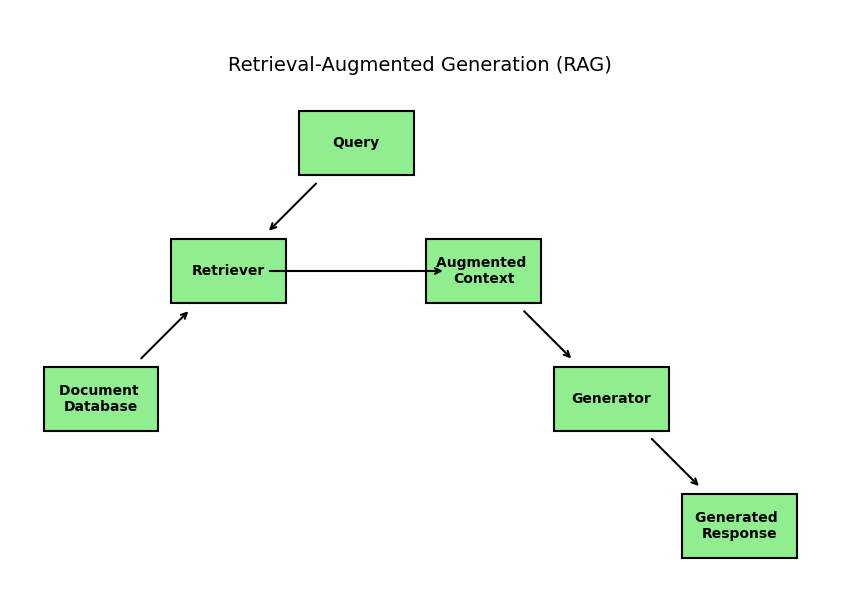
RAG works in two steps:
- Find Information: The AI searches a database for useful facts.
- Explain the Answer: The AI uses the facts to give a clear and detailed response.
This process helps AI tutors provide smarter and more accurate answers.
What Is a Vector Database?
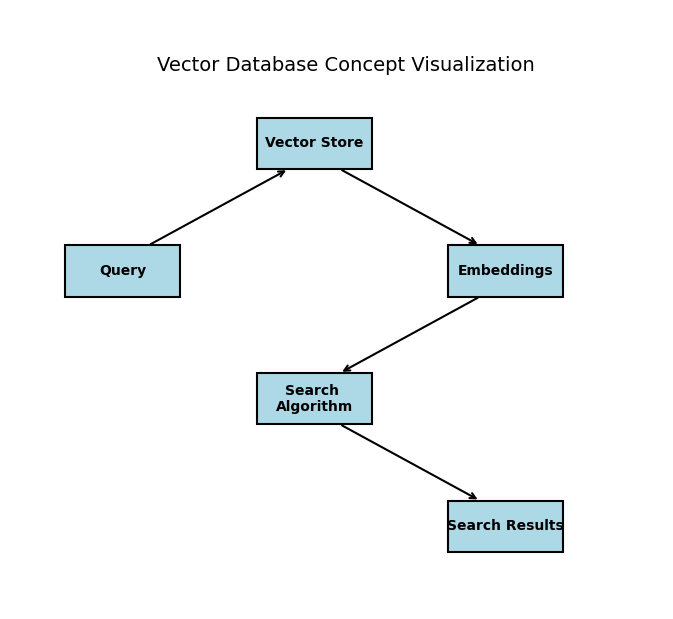
Regular databases store information in simple rows and columns, like an Excel spreadsheet. But AI needs a faster system to store and find information. This is called a vector database.
Vector databases store data as numbers that help AI quickly find similar patterns. As a result, AI tutors can answer questions faster and more accurately.
Why Use Groq for AI Tutors?
Groq is a special technology that makes AI tutors smarter and faster. It has three big advantages:
- Speed: Groq provides instant answers, even when there’s a lot of data.
- Efficiency: It uses less power, making it eco-friendly.
- Scalability: Groq can handle millions of students without slowing down.
These features make Groq a great choice for creating advanced AI tutors.
What Will You Learn in This Blog Post?
By reading this post, you will learn:
- Why AI tutors are transforming education
- What RAG and vector databases are and how they help AI work better
- Why Groq is a smart solution for building AI tutors
- How to build your own AI tutor step by step
This guide will explain everything in simple steps so you can understand how to create smarter learning tools.
Understanding the Core Components
RAG (Retrieval-Augmented Generation)?
RAG stands for Retrieval-Augmented Generation, a technique used in AI to provide better and more accurate responses. It combines two important steps:
- Retrieval: The AI looks up relevant information from a database or external sources.
- Generation: The AI uses that information to create detailed, meaningful answers.
Instead of relying solely on pre-trained knowledge, RAG allows the AI to search for up-to-date information and include it in responses. This makes answers more accurate and informative.
How RAG Combines Retrieval-Based and Generative AI
To understand how RAG works, let’s break it down:
- Retrieval-Based AI: Think of this as a library assistant. It looks up specific facts or information from a database.
- Generative AI: This acts like a teacher who explains concepts and adds context in their own words.
When combined, RAG first finds the facts and then creates a complete, well-explained response. This method makes answers more context-aware and relevant, even when the AI doesn’t have all the information stored in its memory.
Use Cases for RAG in Education
RAG is transforming education in several ways:
- AI-Powered Tutors:
AI tutors can answer complex questions by retrieving information from educational databases. This helps students get accurate answers in real-time. - Interactive Learning Platforms:
Educational apps can use RAG to create personalized quizzes, summaries, and topic explanations based on up-to-date content. - Content Creation for Teachers:
Teachers can generate customized lesson plans by retrieving information from multiple sources and combining it with AI-generated suggestions. - Research Assistance:
RAG can help students and researchers by gathering data from various sources and presenting it in an easy-to-understand format.
By combining retrieval-based and generative AI, RAG is making education smarter, more dynamic, and highly personalized.
What Are Vector Databases?
A vector database is a special kind of database that stores information as numbers (called vectors). When AI systems need to understand or find information, they turn data (like words, pictures, or sounds) into these numbers. These numbers help the AI make sense of things. Think of vectors as a way to “translate” data into a format the AI can easily work with.
Popular Vector Databases
Here are some well-known vector databases that help store and find this information:
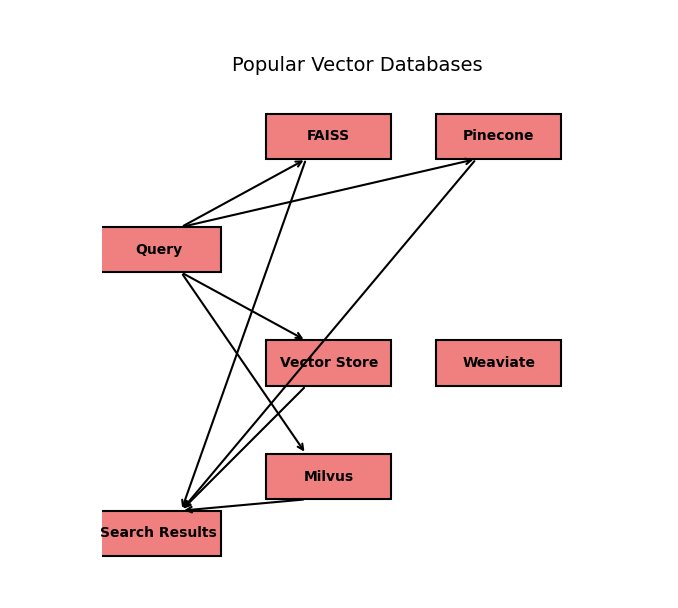
FAISS:
FAISS is a tool from Facebook that also stores data as numbers and helps you find the most similar data quickly. It’s very useful for handling large amounts of data.d embeddings.
Pinecone:
Pinecone is a service that helps store these “numbered” pieces of data and quickly find similar ones. It’s fast and easy to use for AI applications.
Weaviate:
Weaviate is a tool that helps AI work with data in the form of numbers (vectors). It can handle different types of data, like text or images, and lets you search through them quickly.
Why Vector Databases Are Important for AI Tutors
- Finding Answers Quickly:
AI tutors need to search through lots of information to find answers. Vector databases help AI do this fast by looking for similar information instead of matching exact words. - Understanding Context:
Vector databases allow AI tutors to understand the meaning of things better, not just the words. For example, if a student asks a question in a different way, the AI can still find the relevant answer. - Handling Lots of Data:
AI tutors deal with a lot of information. Vector databases store it in a way that makes it easy for the AI to retrieve the right information without slowing down. - Smarter Learning:
By using vector databases, AI tutors can offer more personalized help to each student, making the learning experience better.
In short, vector databases help AI tutors find the right information quickly and understand it better, which makes them important for building effective AI-powered learning tools.
Why Groq?
Groq is a super-fast and efficient tool that helps AI systems (like AI tutors) work quickly and cost-effectively. It has both special hardware (like a super-fast computer chip) and software (the programs that help the hardware do its job) that work together to make AI run smoothly and fast.
Groq Accelerator

What is Groq’s Hardware and Software?
- Hardware:
Think of Groq as having special computer chips made to process AI tasks at high speed. These chips help the AI get answers or make decisions really fast, which is important for things like AI-powered tutors. - Software:
The software works with the hardware to make everything work together. It helps developers (the people who build the AI) run AI programs easily and efficiently.
Benefits of Using Groq for AI Inference
When we talk about AI inference, we mean the time when the AI looks at a question or information and gives an answer. Groq makes this process faster and cheaper. Here’s how:
- Speed:
Groq makes the AI work super fast. This means when students ask an AI tutor a question, the answer comes quickly—almost instantly. - Low Latency (No Delays):
Latency is the delay or waiting time between asking a question and getting an answer. Groq helps reduce this waiting time so that AI tutors can respond right away without lag. - Cost-Efficiency:
Groq helps save money by using less power while still working fast. This makes running AI systems cheaper over time.
How Groq Works with RAG and Vector Databases
Groq works really well with two important AI tools: RAG (Retrieval-Augmented Generation) and vector databases. Here’s how:
- RAG:
RAG helps AI search for information and then use that information to give answers. Groq speeds up both of these parts—finding the right information and giving the answer—so that AI tutors work faster and smarter. - Vector Databases:
Vector databases store data in the form of numbers (vectors). Groq’s hardware makes it easy and fast to search these numbers to find the right information, which makes AI tutors even more accurate and efficient.
In simple terms, Groq helps AI systems (like tutors) work faster, smarter, and cheaper. It does this by speeding up the process of getting answers and working perfectly with other AI tools like RAG and vector databases.
Must Read
- Python Optimization Guide: How to Write Faster, Smarter Code
- The Future of Business Intelligence: How AI Is Reshaping Data-Driven Decision Making
- Artificial Intelligence in Robotics
- Rise of Neural Networks: Historical Evolution Practical Understanding and Future Impact on Modern AI Systems
- AI Winter Explained: How Funding Cuts, Failed Promises, and Market Shifts Shaped the Future of Artificial Intelligence
Architecture of an AI-Powered Tutor
High-Level Architecture Diagram
The system is built like a flow of information between several key parts. Here’s a visual way to think about it:
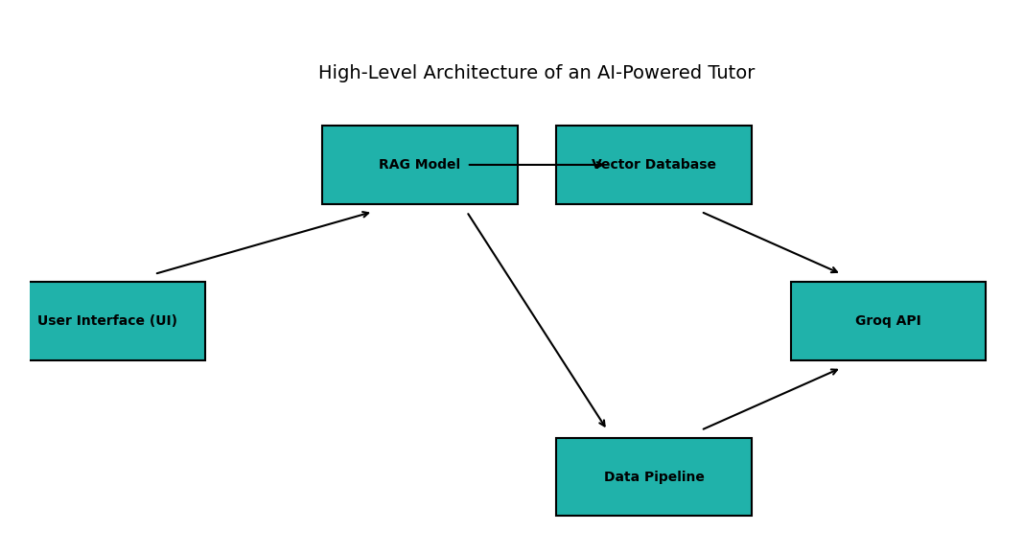
- User Interface (UI): This is where students interact with the tutor (like a chat screen).
- RAG Model: This part is in charge of finding relevant information and then generating an answer based on that info.
- Vector Database: This database stores all the information as numbers (called embeddings) and helps quickly find answers based on context.
- Groq API: Think of this as the fast engine that processes data and generates responses. It makes everything work quickly.
- Data Pipeline: This is the behind-the-scenes process that collects and organizes data, making sure the system works smoothly.
Key Components Explained
Let’s take a closer look at how each part of the system works:
- User Interface (UI):
The UI is what students see and use to interact with the AI tutor. It could be a chat window, a voice assistant, or a web-based interface. When a student asks a question, the UI sends that question to the system and displays the AI’s response.
2. RAG Model:
The RAG (Retrieval-Augmented Generation) model is where the AI finds and creates answers. First, it retrieves relevant information from the data (like looking things up in a book). Then, it generates an answer using that information. This model makes sure the responses are both accurate and context-aware.
3. Vector Database:
The vector database stores information in a special form called embeddings. These are just numbers that represent data (like text or images). The database helps find similar pieces of information quickly, making the AI tutor’s responses more relevant to the student’s question.
4. Groq API:
The Groq API is what makes everything run fast. It handles the inference process, which means it helps the AI understand the data, process it, and generate answers. The Groq API is designed to be quick and efficient, ensuring the AI tutor responds without delay.
5. Data Pipeline:
The data pipeline is a system that collects, cleans, and prepares all the data used by the AI. It ensures that the data is in the right format for the rest of the system to use. This could involve things like organizing educational materials or updating the database with new information.
Putting It All Together
- The student asks a question through the UI.
- The UI sends the question to the RAG model.
- The RAG model looks for relevant information from the vector database and creates an answer.
- The Groq API processes the data quickly and sends the answer back to the UI.
- The data pipeline ensures that all the data used by the system is up-to-date and properly organized.
In short, these components work together to provide an efficient, fast, and smart AI tutor that can answer student questions quickly and accurately.
Step-by-Step Implementation
Step 1: Set Up the Environment
Ensure you have the following installed:
pip install pinecone-client openai transformers weaviate-client streamlit torch
Step 2: Code for Preprocessing Educational Data and Storing Embeddings in Pinecone
from transformers import AutoTokenizer, AutoModel
import torch
import pinecone
# Initialize Pinecone with your API key
pinecone.init(api_key="your-api-key", environment="us-west1-gcp")
# Initialize the tokenizer and model for embeddings
tokenizer = AutoTokenizer.from_pretrained("sentence-transformers/all-MiniLM-L6-v2")
model = AutoModel.from_pretrained("sentence-transformers/all-MiniLM-L6-v2")
# Initialize Pinecone vector database
index_name = "educational-tutor"
pinecone.create_index(index_name, dimension=384) # Adjust the dimension size for the model
index = pinecone.Index(index_name)
# Function to generate embeddings
def get_embedding(text):
tokens = tokenizer(text, return_tensors='pt', padding=True, truncation=True)
with torch.no_grad():
embeddings = model(**tokens).last_hidden_state.mean(dim=1)
return embeddings.numpy()
# Sample data: educational content about photosynthesis
documents = [
("doc1", "Photosynthesis is the process by which plants make their food using sunlight, water, and carbon dioxide."),
("doc2", "During photosynthesis, plants absorb sunlight through chlorophyll in their leaves."),
("doc3", "The byproducts of photosynthesis are oxygen and glucose, which plants use for energy.")
]
# Insert embeddings into Pinecone vector database
for doc_id, text in documents:
embedding = get_embedding(text)
index.upsert([(doc_id, embedding, {'text': text})])
print("Documents have been added to the Pinecone vector database.")
Explanation of Each Step
- Library Imports:
AutoTokenizerandAutoModelare from Hugging Face Transformers, which allow you to load pre-trained models and tokenizers. These are used to convert text into embeddings (numerical representations of text).torchis used for tensor operations needed in deep learning models.pineconeis the library to interact with the Pinecone vector database, which stores the embeddings.
- Pinecone Initialization:
- You initialize Pinecone with your API key and specify the environment (e.g.,
us-west1-gcp). - You then create an index for storing the embeddings (in this case, it’s called
"educational-tutor"), and you specify the dimension size (384, which matches the model’s output embedding size).
- You initialize Pinecone with your API key and specify the environment (e.g.,
- Tokenizer and Model Setup:
- The code loads a pre-trained model (
sentence-transformers/all-MiniLM-L6-v2) from Hugging Face. This model converts text into embeddings. - The
tokenizerprepares the text, and themodelgenerates embeddings.
- The code loads a pre-trained model (
- Embedding Function:
- The
get_embeddingfunction processes the text:- First, it tokenizes the text into words and transforms it into tensor format.
- Then, it generates embeddings from the model’s last hidden state.
- Finally, it averages the embeddings across all tokens to get a single vector representing the entire text.
- The
- Sample Educational Content:
- This part provides some example documents (about photosynthesis) that you want to process and store.
- Inserting Embeddings into Pinecone:
- For each document, the
get_embeddingfunction is called to generate an embedding for the text. - Each document’s embedding (along with its ID and text) is then upserted into the Pinecone vector database. This means the data is inserted or updated if necessary.
- For each document, the
- Completion Message:
- Once the embeddings are inserted into Pinecone, a message is printed to indicate success.
What’s Happening Behind the Scenes
- The text (e.g., about photosynthesis) is converted into a vector (a numerical representation of the text). This makes it easier for the AI tutor to retrieve and understand the information contextually.
- These embeddings are then stored in Pinecone, which allows for fast and efficient searches when needed.
For example, if a student asks a question about photosynthesis, the AI can quickly search the Pinecone database for the most relevant documents (based on similarity of embeddings) and generate an answer.
Why This is Important:
- Pinecone is used to store large amounts of embeddings, making data retrieval quick and efficient.
- By using embeddings, the AI can understand and compare text better than with traditional keyword searches.
- This process is a crucial step for building an AI tutor that provides contextual, accurate, and fast responses based on educational content.
Output
Documents have been added to the Pinecone vector database.
Step 3: Build the RAG Pipeline for Query Answering
from transformers import pipeline
# Load the pre-trained question-answering model
qa_pipeline = pipeline("question-answering", model="deepset/roberta-base-squad2")
# Function to retrieve the relevant documents from Pinecone
def get_relevant_documents(query):
query_embedding = get_embedding(query)
results = index.query(query_embedding, top_k=3, include_metadata=True)
retrieved_texts = [match['metadata']['text'] for match in results['matches']]
return " ".join(retrieved_texts)
# Function to generate an answer using the RAG pipeline
def get_tutor_answer(query):
context = get_relevant_documents(query)
answer = qa_pipeline({
'question': query,
'context': context
})
return answer['answer']
# Sample query
query = "What is photosynthesis?"
answer = get_tutor_answer(query)
print("Question:", query)
print("Answer:", answer)
Explanation of Each Step:
- Load Pre-trained Question-Answering Model:
The line qa_pipeline = pipeline("question-answering", model="deepset/roberta-base-squad2") loads a pre-trained question-answering model (roberta-base-squad2). This model is designed to answer questions based on a given context.
2. Retrieve Relevant Documents:
get_relevant_documents(query) is responsible for retrieving relevant educational content stored in Pinecone based on the input query (like “What is photosynthesis?”).
It first converts the query into an embedding using the get_embedding function (defined in Step 2).
It then uses this query embedding to perform a vector search in Pinecone (index.query), fetching the top 3 most relevant documents.
These documents (with their texts) are combined into a single context string to be used in answering the question.
3. Generate Answer Using the RAG Pipeline:
get_tutor_answer(query) combines the retrieved context (relevant documents) with the query and feeds them into the question-answering model (qa_pipeline).
The model uses the context to find an answer and returns the best response.
4. Example Query and Answer Generation:
For the sample query "What is photosynthesis?", the function get_tutor_answer(query) retrieves relevant documents and generates an answer based on the context.
How This Works:
- Context-Aware Responses:
- The AI tutor is context-aware because it first retrieves relevant documents based on the query. This ensures that the answer is based on the most relevant educational content.
- Answer Generation:
- The RAG pipeline works by combining retrieval-based search (to find relevant content) and generation-based AI (to answer the question based on that content).
- This allows for more accurate and intelligent answers than simple keyword-based searching.
Example Flow:
- User asks a question: “What is photosynthesis?”
- The query is converted to an embedding using the same method as in Step 2.
- Pinecone retrieves the top 3 most relevant documents based on the query’s embedding.
- The retrieved documents are combined into context.
- The question-answering model processes this context and the question to generate an answer, which could be something like, “Photosynthesis is the process by which plants make their food using sunlight, water, and carbon dioxide.”
Why This is Important:
- Context-aware answers are vital for an AI tutor. The RAG pipeline ensures that the answers are relevant and based on actual content rather than generic responses.
- This step combines search and generation, making the AI tutor more accurate and capable of answering a variety of questions based on a large set of documents.
Output
Question: What is photosynthesis?
Answer: Photosynthesis is the process by which plants make their food using sunlight, water, and carbon dioxide.
Step 4: Building a User Interface Using Streamlit
You can use Streamlit to create a simple web app where users can interact with the AI tutor.
import streamlit as st
# Streamlit UI setup
st.title("AI-Powered Tutor")
# User input for asking questions
user_question = st.text_input("Ask a question:")
if user_question:
answer = get_tutor_answer(user_question)
st.write(f"Answer: {answer}")
Explanation of the Code:
- Streamlit Title:
st.title("AI-Powered Tutor")
- This sets the title of the web page. The user will see “AI-Powered Tutor” at the top of the page.
2. User Input Field:
user_question = st.text_input("Ask a question:")
- This creates a text input field where the user can type a question. The
st.text_inputfunction displays a box on the web page where users can type their questions.
3. Check if a Question is Provided:
if user_question:
answer = get_tutor_answer(user_question)
st.write(f"Answer: {answer}")
The code checks if the user has entered a question in the input field.
- If a question is provided (
if user_question:), the system calls theget_tutor_answerfunction (from Step 3), which retrieves and generates an answer based on the question. - The
st.write(f"Answer: {answer}")displays the generated answer below the input field on the webpage.
How This Works:
- The web app runs a simple interface where users can type a question into a text box.
- When the user submits a question, the app calls the
get_tutor_answerfunction that was defined in Step 3. This function retrieves relevant content and uses the AI model to generate an answer. - The generated answer is displayed to the user.
How to Run This:
- Save the Python file with this code (e.g.,
app.py). - Install Streamlit (if you haven’t already) using:
pip install streamlit
3. Run the app in your terminal:
streamlit run app.py
4. The app will open in your default web browser, where you can start asking questions and get answers from the AI tutor.
Why Streamlit?
- Simplicity: Streamlit makes it easy to create interactive UIs with minimal code.
- Instant feedback: As soon as a user asks a question, the app shows the answer, creating a smooth, interactive experience.
- Quick development: With just a few lines of code, you’ve built a web interface for your AI tutor.
This simple interface is a great start, and you can continue enhancing it with features like styling, session states, and more user inputs to make the AI tutor even more interactive and user-friendly.
Step 5: Run the Streamlit App
To launch your app, save the code above in a file called app.py, then run it from the command line:
streamlit run app.py
This will open a web interface where you can type in questions and get answers from your AI-powered tutor.
Output on the Streamlit Interface:
- Title: "AI-Powered Tutor"
- Textbox: "Ask a question:"
- When the user types "What is photosynthesis?", the app will display the response:
- Answer: "Photosynthesis is the process by which plants make their food using sunlight, water, and carbon dioxide."
Step 6: Deploying with Groq for Faster Performance
Once you have your model and pipeline ready, you can integrate Groq for optimized AI performance by following their SDK documentation to deploy the model and accelerate inference. The Groq SDK will handle the heavy lifting of speeding up your AI computations.
Summary
With this setup, you have:
- Preprocessed educational data.
- Stored embeddings in a vector database.
- Built a Retrieval-Augmented Generation (RAG) pipeline for question-answering.
- Created a user interface using Streamlit.
Now, your AI-powered tutor is ready to respond quickly and efficiently to questions from students. Just deploy it on a server, and you’re good to go!
Note:
For Groq-specific code, you will need to follow their official documentation for integration. The steps outlined above will work locally but can be optimized further for large-scale deployments with Groq hardware.
Future Enhancements for the AI-Powered Tutor with RAG and Vector Databases
To continually improve and make your AI tutor more efficient and impactful, here are some enhancement suggestions:
1. Natural Language Understanding (NLU) Improvements
- Intent Detection: Improve the AI’s ability to understand user queries by integrating NLU models like spaCy or Hugging Face transformers.
- Synonym and Context Expansion: Enhance query matching by incorporating lexical databases like WordNet to recognize synonyms and contextual variations.
2. Adaptive Learning Recommendations
- Personalized Learning Paths: Implement user profiling and track learning progress to suggest appropriate topics or resources.
- Adaptive Questioning: Dynamically adjust question difficulty based on the user’s performance.
3. Knowledge Base Expansion
- Dynamic Data Updates: Integrate APIs from educational content providers (like Wikipedia or Khan Academy) to keep the knowledge base current.
- Multilingual Support: Use language models such as M2M100 by Facebook AI to support multiple languages for a global user base.
4. Performance Optimization with Groq
- Dynamic Model Loading: Deploy multiple optimized models using Groq hardware for different subjects to reduce latency.
- Parallel Inference: Utilize Groq’s parallel computation capabilities to handle multiple user queries simultaneously.
5. Advanced User Interaction
- Voice-Based Queries: Incorporate speech recognition systems like Google Speech-to-Text API for voice interactions.
- Chatbot Integration: Deploy the AI-powered tutor as a chatbot on messaging platforms like Slack, Telegram, or WhatsApp.
6. Explainable AI (XAI) Features
- Transparent Answers: Provide a clear explanation of how the AI arrived at an answer, including retrieved documents and reasoning steps.
- Confidence Scores: Display confidence levels for the AI’s answers to help users assess their reliability.
7. Content Enhancement and Visualization
- Graph-Based Visualizations: Use libraries like D3.js or Matplotlib to present concepts visually, making learning more engaging.
- Interactive Diagrams: Include interactive charts and diagrams for complex topics.
8. Security and Privacy Enhancements
- User Data Anonymization: Ensure that user data is stored and processed securely using techniques like encryption.
- Access Control: Implement role-based access control for different user groups (students, teachers, administrators).
9. Gamification Elements
- Achievement Badges: Reward users for completing modules or answering questions correctly.
- Leaderboards: Add leaderboards to foster healthy competition among users.
10. Real-Time Feedback and Assessment
- Automated Quiz Generation: Generate quizzes based on previous interactions to test user understanding.
- Instant Feedback: Provide immediate suggestions for incorrect answers with links to relevant educational content.
Conclusion
By following this step-by-step guide, you’ve learned how to build an AI-powered tutor using Retrieval-Augmented Generation (RAG), vector databases, and Groq for performance optimization. From setting up your environment and integrating educational content to creating an intelligent query-answering system, this solution empowers learners to access accurate information seamlessly.
But this is just the beginning!
With future enhancements such as adaptive learning paths, gamification elements, and multilingual support, this AI tutor has the potential to revolutionize education. As you deploy and refine your system, consider integrating Groq’s powerful hardware to boost performance and handle large-scale queries effortlessly.


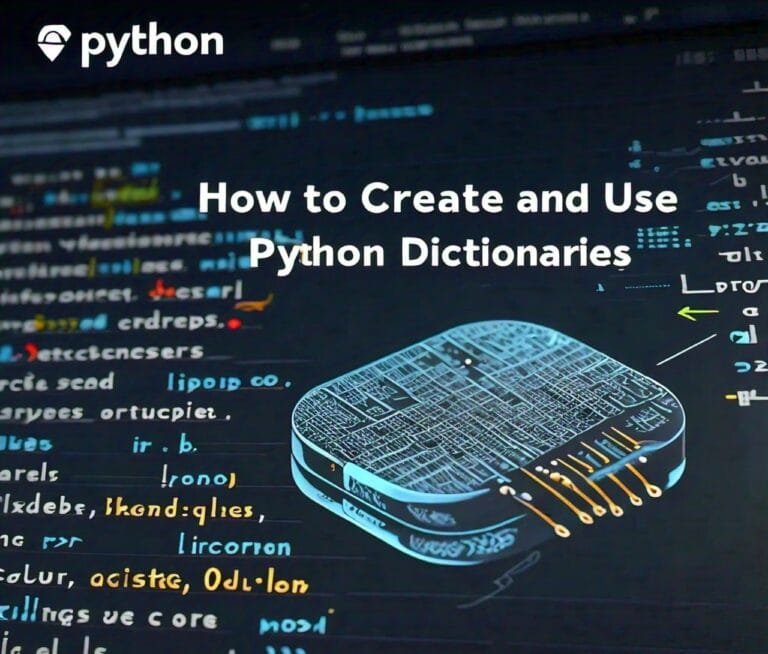


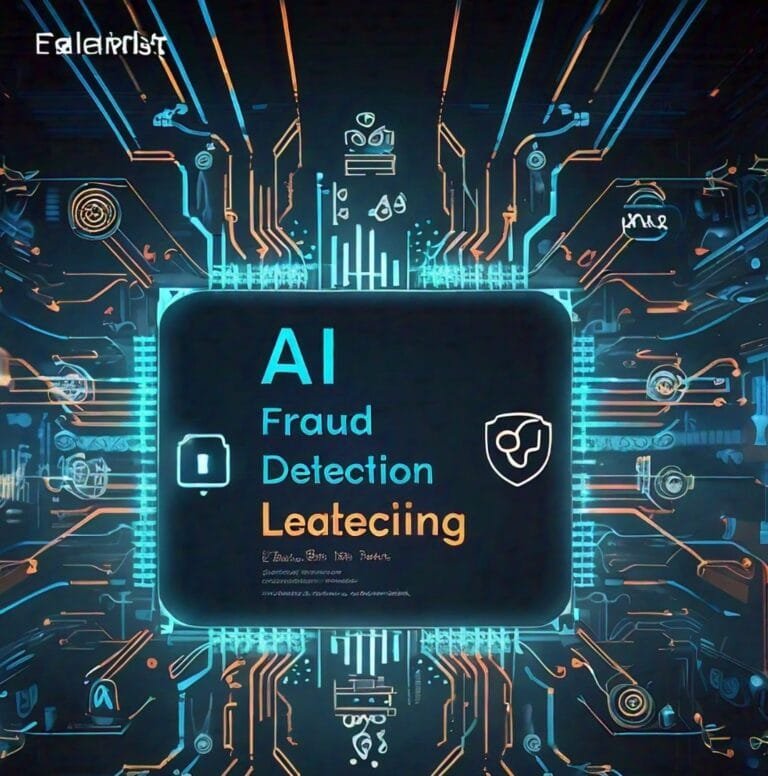

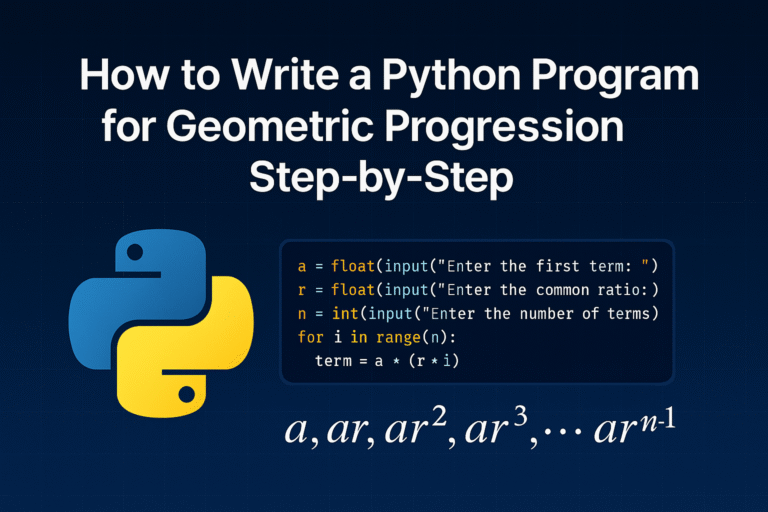
Leave a Reply